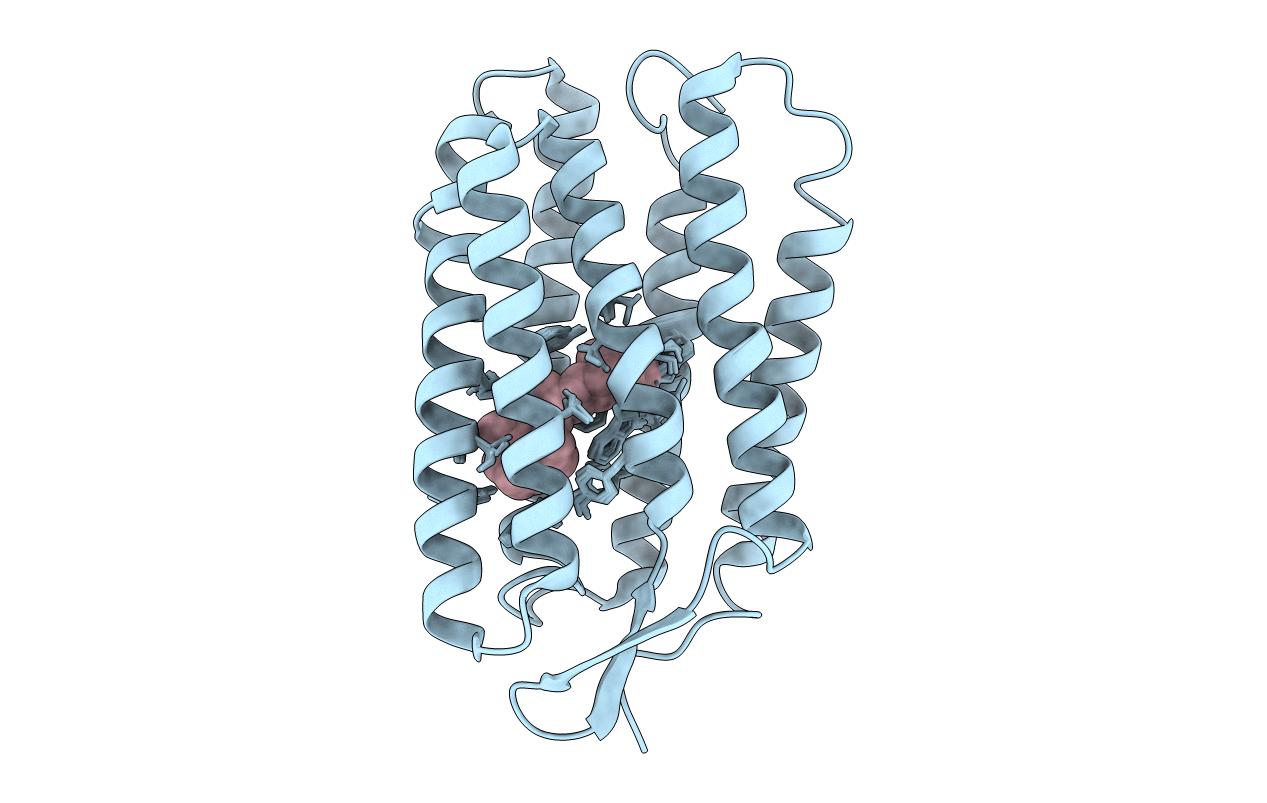
Deposition Date
2003-09-29
Release Date
2003-10-28
Last Version Date
2024-11-13
Entry Detail
PDB ID:
1R2N
Keywords:
Title:
NMR structure of the all-trans retinal in dark-adapted Bacteriorhodopsin
Biological Source:
Source Organism:
Halobacterium salinarium (Taxon ID: )
Method Details:
Experimental Method:
Conformers Calculated:
100
Conformers Submitted:
12
Selection Criteria:
rms distance between observed and calculated chemical shifts


